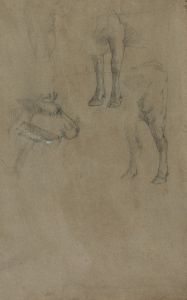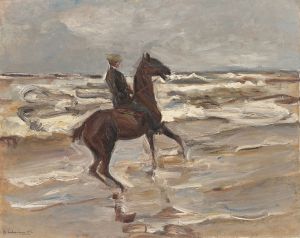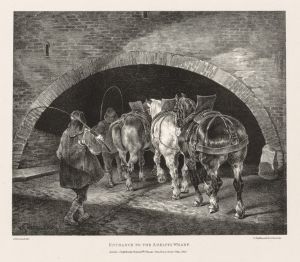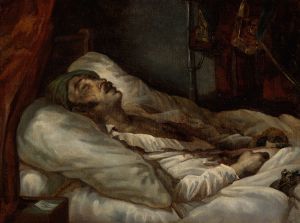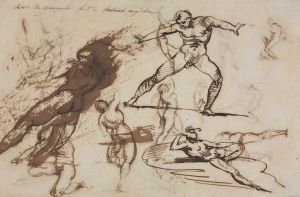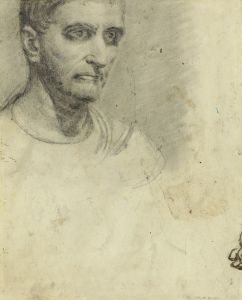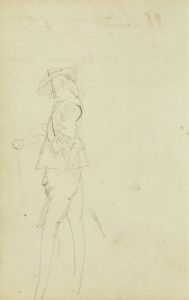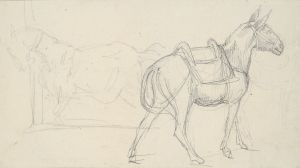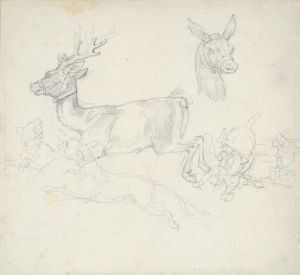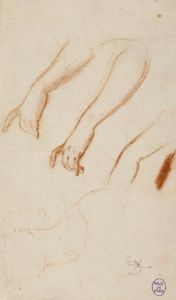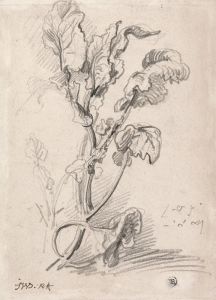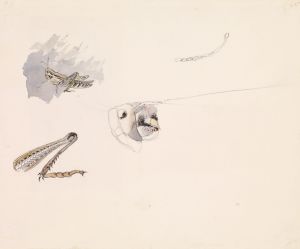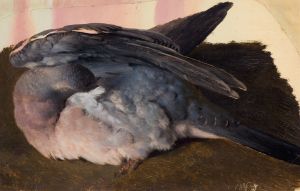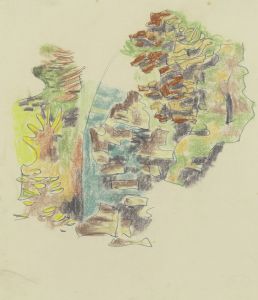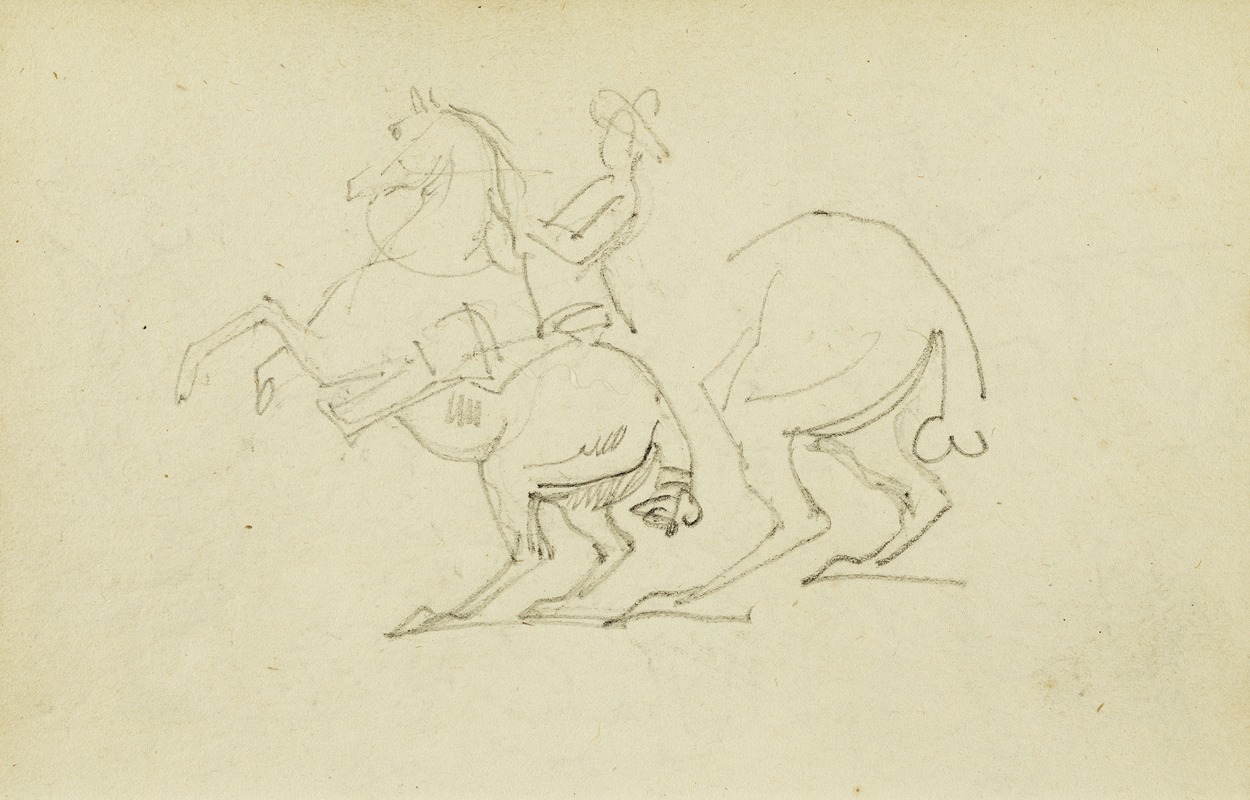
Man on a rearing horse, study of hind legs of horse
A hand-painted replica of Théodore Géricault’s masterpiece Man on a rearing horse, study of hind legs of horse, meticulously crafted by professional artists to capture the true essence of the original. Each piece is created with museum-quality canvas and rare mineral pigments, carefully painted by experienced artists with delicate brushstrokes and rich, layered colors to perfectly recreate the texture of the original artwork. Unlike machine-printed reproductions, this hand-painted version brings the painting to life, infused with the artist’s emotions and skill in every stroke. Whether for personal collection or home decoration, it instantly elevates the artistic atmosphere of any space.
Théodore Géricault (1791–1824) was a prominent French Romantic painter and lithographer, best known for his dramatic and dynamic compositions. Among his studies and preparatory works, the drawing titled Man on a Rearing Horse, Study of Hind Legs of Horse reflects his deep interest in equine anatomy and movement, as well as his fascination with the relationship between humans and animals.
This work is a study that showcases Géricault's meticulous observation and skill in rendering the anatomy of horses, a subject he frequently explored throughout his career. Horses were a recurring theme in his oeuvre, appearing in many of his major works, including The Charging Chasseur (1812) and The Derby at Epsom (1821). Géricault was known to study horses extensively, often visiting stables, observing equestrian events, and even dissecting horse cadavers to better understand their musculature and structure. His dedication to anatomical precision is evident in this study, where the hind legs of the horse are rendered with careful attention to detail.
The drawing likely served as a preparatory study for a larger composition or as part of Géricault's broader exploration of equine forms. It demonstrates his ability to capture the dynamic energy and tension of a rearing horse, a pose that conveys both power and instability. The inclusion of the human figure further emphasizes the dramatic interaction between man and animal, a theme that Géricault often used to explore ideas of control, struggle, and the sublime.
Executed in a style characteristic of Géricault's studies, the work combines fluid, expressive lines with precise anatomical details. The focus on the hind legs suggests that Géricault was particularly interested in understanding the mechanics of the horse's movement and balance in this pose. Such studies were essential to his artistic process, allowing him to achieve the lifelike dynamism seen in his finished works.
While the exact date of this drawing is not documented, it is consistent with Géricault's artistic output during the early 19th century, a period when he was deeply engaged in studies of horses and equestrian subjects. The work is an example of his commitment to combining Romantic expressiveness with rigorous observation, a hallmark of his artistic approach.
As with many of Géricault's studies, Man on a Rearing Horse, Study of Hind Legs of Horse provides valuable insight into his working methods and his enduring fascination with the natural world. It remains an important piece for understanding his artistic development and his contributions to the Romantic movement.





